What makes or breaks a massage treatment plan?
Whether or not you commit to a course of action.
In other words, you may have hundreds of ideas about why someone is in pain and a hundred more ideas about how to treat that pain, but until you commit to a course of action, you can’t determine if what you’re doing is working.
This may seem straightforward, but committing to a course of action is not necessarily easy to do.
Life and Death
A couple of years ago, my wife, Lisa, and I were in a should-we-commit-or-shouldn’t-we-commit situation.
Her sister, Patty, an avid horse rider, was dying of emphysema and she had one last request. She wanted to pet rescue horses.
The problem was that Patty was extremely weak. A trip to the horse rescue farm could hasten her demise if not do her in right there on the farm.
The easy way out was to do nothing and let nature take its course.
After a lot of back-and-forth, the family decided to put a stake in the ground. We, and the nursing home staff, took Patty to the farm.
In the massage room, as in life, fully committing to a course of action without knowing the outcome can be scary, but when you do, you really start helping clients get out of pain.
Create a Massage Treatment Plan
Committing to a course of action usually involves having a massage treatment plan.
Right about now, you’re thinking, crap, SOAP notes and Latin names for muscles.
No need to whip out your muscle chart.
I’m talking about a much more on-the-spot, happening in your brain as you talk to the client, massage treatment plan.
For example, Moyor comes in with pain in his trap area. You palpate his neck and shoulders and find his traps and levator scapulae to be tight, but it doesn’t seem like his cervical erectors are as tight.
So, you plan to work all neck and shoulder muscles, but the majority of your focus will be on traps and levator scapulae.
As you start the massage you find out that your initial pre-massage palpation is accurate regarding the tight traps and levator scapulae. But then you also discover that his scalenes are tender.
So, at this point during the massage you commit to a course of action of working his traps and levator scapulae with static pressure and firm effleurage. You also commit to static pressure work on the scalenes.
Now comes the scary part with having committed to a course of action: The results.
Managing Your Reaction to the Results
There will be immediate results. Does Moyor feel better after the massage?
And there’ll be down-the-road results. Does Moyor feel better 3 days after the massage?
If Moyor feels better after the massage and/or 3 days later, you’re golden.
But what if he doesn’t?
What if he feels worse?
This is what happens.
That little voice awakens in your head.
And it says: Dude, you suck.
You start doubting if you can help people in pain because you’ve committed to a course of action and it didn’t work out.
After all, you’re not Dalton, Myers or DeLany.
You’re just you with a simple treatment plan.
Simple Can Be Effective
Okay, little voice, time for a reality check.
First, a treatment plan doesn’t have to be complex to be effective.
In fact, overly complex treatment plans have a drawback.
If you have a complex plan and it doesn’t work, you’re going to have a lot more question marks about what you should adjust for the next time.
Whereas, with a simple plan it will be easier to figure out what you want to do next.
Complex Doesn’t Mean Better
Also, there can be a tendency to put too much stock in complexity.
We think that the more complex a system of analysis/treatment is, the more successful it will be.
But is that true?
Has one discipline or modality cornered the market with providing pain relief?
That last time I checked, my pain-relief massage business is doing just fine.
Still feeling a little iffy?
Check out: How to Get Good at Pain Relief Massage.
So, okay, even if you accept that what you have to offer in pain relief massage is legitimate, that still doesn’t completely shut up that little voice berating you for committing to a course of action that didn’t help your client.
And at this point I’m going to say something that sounds so ridiculously rah-rah that your gonna rupture a capillary from your eyeballs rolling back in your head.
Ready?
There is no failure when you commit.
If the client has no response or the pain worsens after your treatment, you now have the opportunity to adjust your massage treatment plan or try a plan B (if you have one).
Or maybe it’s time to collaborate with another health professional.
Or maybe it’s time to refer your client to someone else (e.g., orthopedist, physical therapist, chiropractor, etc).
Some of my best work happens when I refer a client to the right person (usually a doctor for a diagnosis), and I’m part of a team effort.
Failure is “NOT Committing”
I used to think that firmly committing to a course of action was cocky.
But I was wrong.
Committing simply means that you’ve weighed the options as best as you can and you’re not going to let indecision make the decision for you.
And once you commit you now have something to work with.
After the massage you can answer important questions, like…
Did what I do work?
Do I need more time to work my massage treatment plan?
Do I just need to tweak the current plan?
Do I want to try something different next time?
Should I punt to someone else?
Our Commitment to a Course of Action
Fortunately, when committing to a course of action in massage there are no life and death results to deal with.
But outside the massage room there are.
Within 36 hours of the trip of petting her favorite horse, Tom Thumb, Patty was dead.
Did we make the right decision for Patty?
I’m not sure.
There was that faint smile on Patty’s face as Tom Thumb chomped on a carrot from her hand.
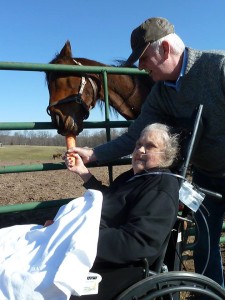
But I’m almost certain that the trip sapped the last vestiges of life from her body.
I can only say this: Putting a stake in the ground, and not letting indecision determine her fate, was the only thing that we could live with.
And I’m okay with that.
R.I.P. Patty.
Commit to a Course of Action

It’s 2020 and it’s time to commit to a course of action.
Do it in the massage room.
Do it in your business.
If you’re starting out with your business, this is a free course that can take you to 30K: Jumpstart.
If you can pay the bills, but need to take your massage business to the next level, go here: Accelerator.
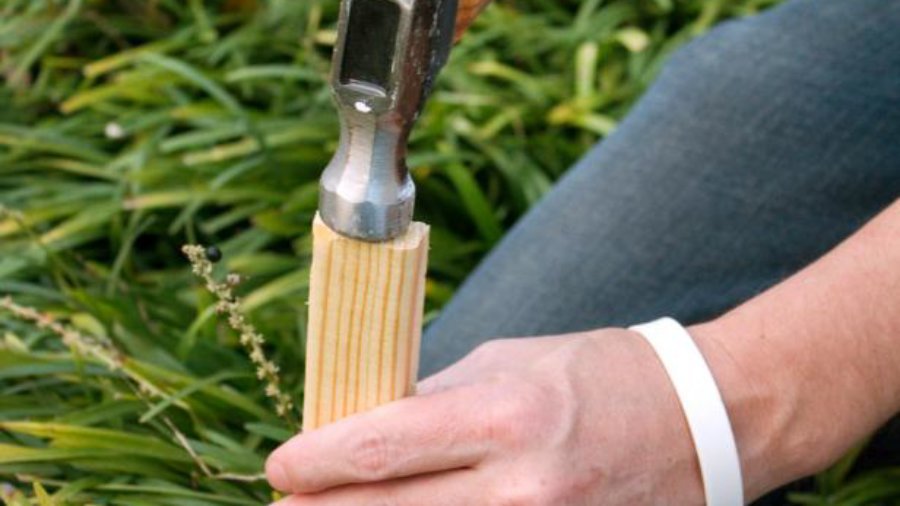



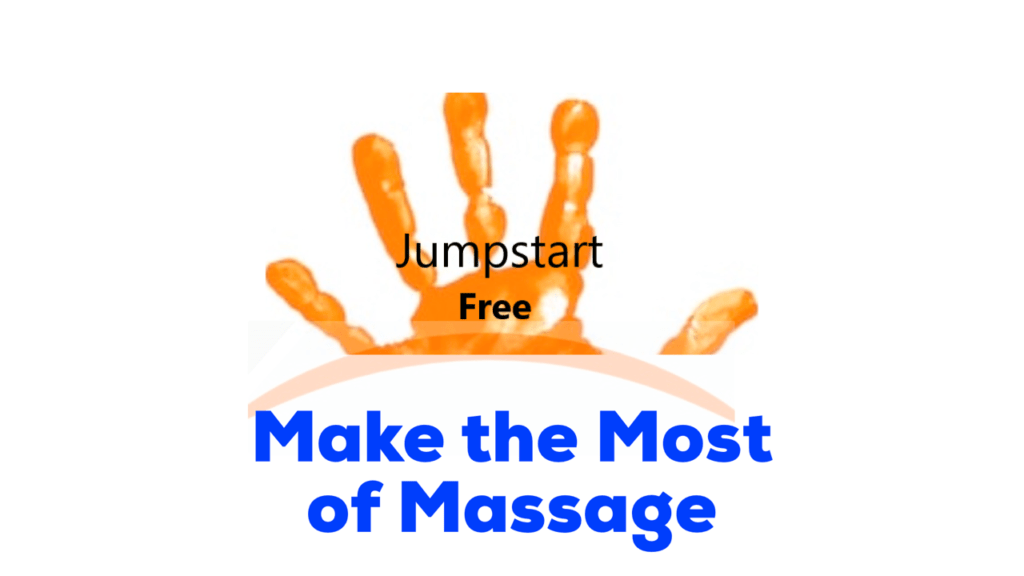
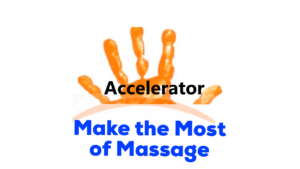
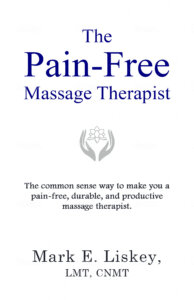
Comments on this entry are closed.